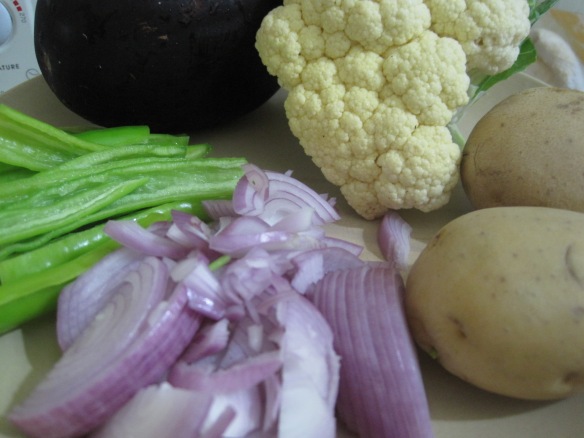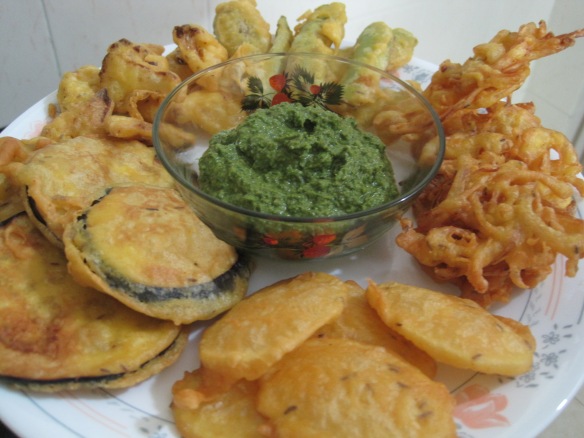I’m done with summer, even though it seems reluctant to let go of me.
I remember the time when I was younger and actually looked forward to summers. But back then summer meant time away from school, and going off on holiday with the family. Summers were also not as beastly hot as they are now, the sun a lot gentler on the skin and when SPF 15 and a sun-hat did the job, though my mum seems to recall that I regularly suffered from sun-strokes every summer like clockwork.
We have of course no one to blame but ourselves as we’ve learnt. The excesses of generations before, taken forward by ours, caused enough havoc before we came to our senses and tried to stem the damage we had done to the environment. Global warming, depletion of the ozone layer, the earth’s coat for many seasons, and CFC’s became words we grew acquainted with… but is it all too late? Sudden changes in temperatures around the world and what can only be called freaky weather patterns started emerging worldwide. Unexplained snowfall in areas that had never seen snow and sharp peaks in temperature around the world have become commonplace. The polar ice sheets are melting at an alarmingly rapid pace and we realise that we are hurtling down the road to extinction with brakes that no longer work like they used to and worse still, with a gaping hole in our gas tank.
In short this summer’s been beastly! A good thing for beer companies and the government if you ask me, both of who make a pretty packet out of our misery. One could always try drinking fresh fruit juices, but with inflation at its peak, and at a dollar for one decent juicy orange, it’s not within everyone’s reach. So water is at the end of the day your best bet, even if you have to buy the bottled options, the only down side is that it doesn’t come in flavours 😉
Summer also means eating light, especially during the day, but then there are those occasions when the body and mouth craves something more substantial. So one night I thought I’d rustle up one of my favourite meals…
Dal Chicken or Curried Chicken with Lentils.

Dal Chicken garnished with spicy potato straws and peanuts
This dish can be made with red meat or with chicken and has three different dals (lentils) as its base. I’ve used split and hulled red lentil (masur dal), split and hulled moong dal and split and hulled black gram (urad dal… which is cream in colour once its black outer coat is removed).
Here are the ingredients –
500gms chicken on the bone (cut into pieces)
3/4″ piece of ginger (minced)
4 – 5 cloves garlic (minced)
juice of 1 lime (+ extra to finish the dish)
 (marinade the chicken in the ginger, garlic, lime juice mix and keep refrigerated overnight)
(marinade the chicken in the ginger, garlic, lime juice mix and keep refrigerated overnight)
1/4 cup masur dal
1/4 cup yellow moong dal
1/4 cup urad dal
 (wash and soak the above dals overnight – then parboil and reserve)
(wash and soak the above dals overnight – then parboil and reserve)
1 medium onion (sliced fine)
1/2 teaspoon freshly milled black pepper
1/2 teaspoon sambar (sambhar) powder ( you should get this in stores that supply Indian spice powders)
1/4 teaspoon turmeric powder
1/2 teaspoon kashmiri chilli powder
1 teaspoon cumin powder
1 teaspoon coriander powder
1/2 teaspoon garam masala (1/4 teaspoon while frying the spices and a 1/4 teaspoon at the end to finish off the dish)
3 tablespoons sunflower oil
small sprig of curry leaves
2 green chillies (deseed if you don’t want it too hot)
2 small dried or fresh bay leaves
1 cup chopped tomatoes
1 teaspoon + salt
2 teaspoons chopped fresh coriander
1 heaped teaspoon ghee (clarified butter)
pinch of dry mango powder (aamchur powder)
This dish involves quite a few steps but it’s well worth the effort, and makes for a soul satisfying meal.
Start by frying the sliced onions in the oil till they start to caramelise. Add in the curry leaves and the chopped tomatoes, with a pinch of salt and fry on high for 30 seconds, then reduce to low and simmer covered for 10 minutes till the tomatoes completely break down. Add the bay leaves and the powdered spices and fry them on low (lowest flame) for 2 – 3 minutes, stirring occasionally.
Now add the chicken, one piece at a time, and turn up the flame a notch so that the chicken gets browned just a bit. Add the marinade, and a cup of warm water and bring the chicken to a simmer before turning down the gas to low. Cover and cook the chicken for 12 – 15 minutes before adding the pre-boiled dals, the chillies and a teaspoon of salt. Top with another 1/2 to 3/4 cup of warm water, cover and cook for at least 20 minutes (If you want your curry thinner you may want to increase the quantity of water to a cup or so).
Now add the balance garam masala, 2 teaspoons chopped coriander, a rounded heaped teaspoon of ghee or clarified butter (you can omit this if you like, but it makes the dish taste so much better), a squeeze of lime juice and a pinch of dry mango powder (optional).
Allow the dal chicken to rest for at least one hour if not more before you re-heat and serve, this allows all the flavours to come together.
Serve the Dal Chicken garnished with potato straws or plantain chips on a bed of white rice alongside a light refreshing salad.





























![sunshine-blog-award[1]](https://sugaredpecan.files.wordpress.com/2012/03/sunshine-blog-award1.jpg?w=490)






























